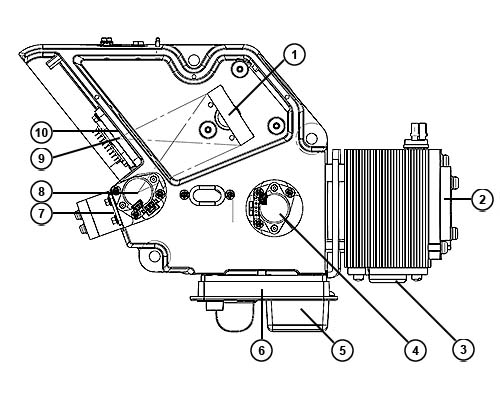The PDA detector optics bench passes light through the solution under study and then separates it for analysis.
The detector is an ultraviolet/visible light (UV/Vis) spectrophotometer. With an array of 518 photodiodes, the detector operates within a range of 190 to 800 nm.
The figure below illustrates the light path through the optics assembly of the detector.











Need Help? Connect with a Waters expert.
To avoid risk of personal injury and to prevent damage to laboratory equipment, always operate your Waters products in accordance with the applicable operational and safety information, your organization’s standard operating procedures, and local regulations.
Refer to the English version of this page for the latest information.